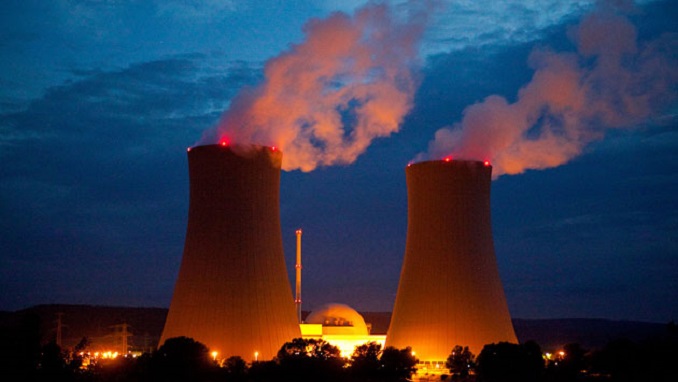In many states with the nation’s most aggressive climate targets, officials are pouring millions of dollars into saving an energy source that has long been the No. 1 goal of many environmental activists: nuclear power plants.
“We’re rapidly transitioning to clean energy, but it will take some time,” said Joe Fjordaliso, president of the New Jersey State Public Utilities Board. “We can’t create renewable energy fast enough, and people still need energy. Nuclear weapons are an important intermediate piece.”
Despite longstanding safety concerns, many state leaders and environmental groups say climate change poses a more significant risk than reactors and that keeping nuclear power will prevent the expansion of fossil fuel power plants.
Nuclear power plants provide about 19% of the country’s electricity, much more than wind and solar power combined. Some activists counter that public investment in nuclear power plants comes at the expense of renewable energy projects, slowing down the transition to clean energy.
Illinois lawmakers last year passed a climate bill that included a commitment to keep the state’s two nuclear power plants running for five years, even if they were unprofitable. The condition gets more than half of its electricity from nuclear power, and state leaders said keeping plants open would buy more time to transition to wind and solar power.
“We can build enough renewable energy and storage to replace these plants, but it will take years,” said Jack Darin, director of the Sierra Club in Illinois. “(If the nuclear power plants close) we will see more use of the existing very dirty coal plants, primarily in communities of color, and we will see huge benefits for the natural gas supply.”
Several other states, mainly on the East Coast, have poured money into aging and, in some cases, unprofitable nuclear power plants in recent years. Jessica Azoulay, executive director of the Green Economy Alliance, a New York-based environmental group that opposed a 2016 government deal to subsidize nuclear power plants, thinks it’s a mistake.
“That’s a huge amount of resources going into plants that will soon reach the end of their lives anyway,” she said. “If we had invested this money in renewable energy and efficiency, we would have received higher reductions in greenhouse gas emissions.”
Opponents also point to the environmental impact of uranium mining and processing, as well as lingering concerns about storing radioactive waste. But reactors provide continuous power without emissions, advocates say, and safety standards have significantly reduced the risk of a meltdown.
The debate is mainly focused on the conservation of existing plants. Some experts believe small modular reactors could be developed in the future, and Connecticut and West Virginia lawmakers recently partially lifted state bans on building new nuclear facilities if the technology becomes feasible.
But the only nuclear power plant currently under construction in Georgia has faced significant delays and cost overruns. Earlier this year, California Democratic Governor Gavin Newsom announced that the state would seek funds to extend the life of the Diablo Canyon nuclear power plant as part of a $6 billion federal nuclear support program. The plant is scheduled to close in 2025 following an agreement made with environmental and labor organizations in 2016.

